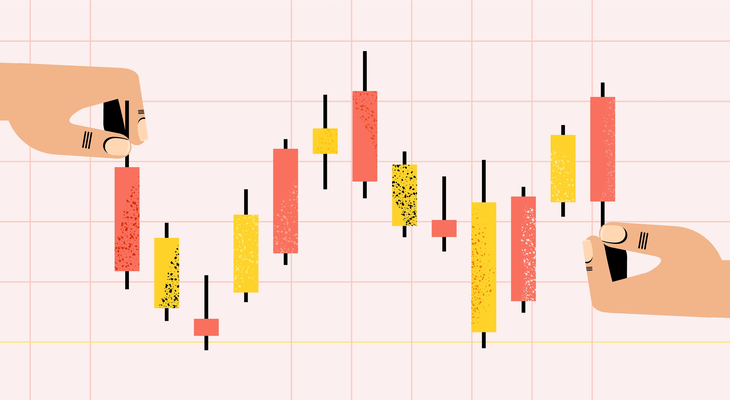 This article was written in collaboration with James Lecher, CEP with 718 Valuations LLC.
This article was written in collaboration with James Lecher, CEP with 718 Valuations LLC.
Relative Total Shareholder Return (“TSR”) Awards are very popular, utilized by over 49% of S&P 500 companies in 2014. These plans are attractive because they align total compensation with the company’s stock price performance relative to that of its peers.
Under Relative TSR, employees are rewarded when the company outperforms its competitors. This approach minimizes the effects of volatility in the broad financial markets, which helps management focus on improving stock price performance regardless of market conditions.
There are two common Relative TSR plan designs, Component Rank and Index Outperform. Under both plans, the number of units earned is based on how well the subject company performs relative to its designated peer group or an index. Component Rank plans designate a group of publicly traded peers as the reference for the subject company’s performance. Index Outperform plans utilize established market indices.
For accounting purposes these plans must be valued as of the grant date. In addition, the current payout percentage must be calculated at the end of every reporting period as if the grant were to mature at that time. These calculations contribute to Diluted Earnings Per Share.
Component Rank plans require keeping track of peer company stock prices, dividends paid and stock splits. This can be time consuming for plans with large peer groups. Index Outperform plans only require tracking the issuing company stock and the index, which dramatically simplifies valuation and accounting procedures.
Valuation methods are similar for both Component Rank and Index Outperform plans. Stock prices for the issuing company and for all peer companies or the index are simulated using the Geometric Brownian Motion model. The simulation generates future stock prices, which can be used to calculate exact payout amounts. Under Monte Carlo method, this simulation is conducted several thousand times to produce that many potential payouts. The grant date fair value of the award is determined by averaging payout present values across all simulations performed.
The main advantage of Component Rank plans is that peer companies are given equal weighting. In contrast, the performance of a typical index is heavily skewed towards its largest components. Index Outperform plans therefore reflect the fact that larger competitors control larger market shares, and thus the index approach is better aligned with overall market performance.
In January of 2003 S&P Indices began tracking Equal Weight Indices (SPW). Equal weight indices are also available for most commonly traded indices and for all of the S&P 500 sectors. Using one of the many equal weight indices in conjunction with an Index Outperform plan can combine the equal-weight feature of a Component Rank plan with the administrative efficiency of the Index Outperform approach.


